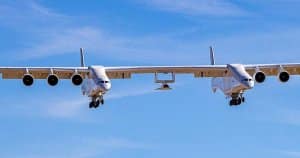
World’s largest aircraft
Do you know which is the largest aircraft in the sky today? We take a look at the giants of the sky.
Along with aerodynamics, speed is the other essential factor for an aircraft to fly. If an aircraft could not reach a certain ground speed it would be impossible to lift its 200/300 tons weight off the ground and hold on in the air.
When in flight, pilots must know at all times the speed at which they move in the air mass surrounding the aircraft. For this purpose, a gadget called “anemometer” is used to calculate the speed applying two values: total pressure and static pressure. These pressures are obtained thanks to the pitot tube, located at the bottom of the wing, outside the laminar layer. By subtructing one from the other the dynamic pressure is acquired, which is needed to determine the speed.
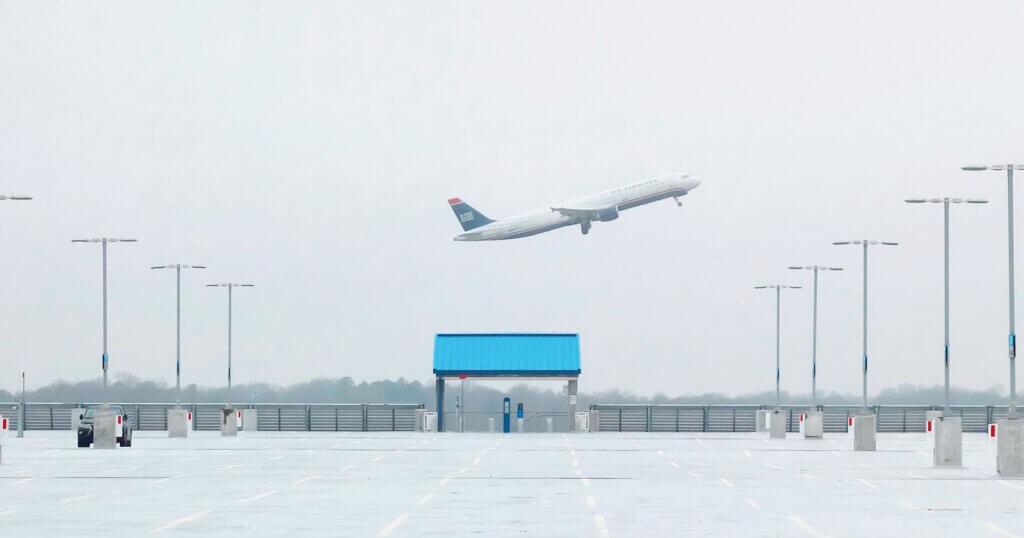
For an easier understanding, the anemometer has a color scale:
When talking about the speed of an airplane, there are many factors to consider such as wind, route and, of course, the technical specifications of each aircraft.
As in maritime navigation, the speed of an aircraft is measured in knots (1 knot=1.85 kilometers per hour). However, in aeronautics, speed is calculated regarding the Mach number. This number allows to express the speed of an object taking as reference the speed of sound, which varies depending on the atmosphere’s conditions.
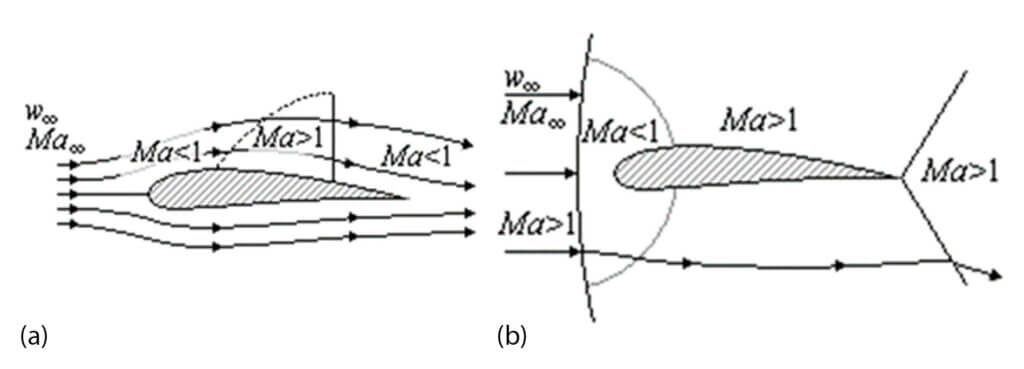
Modern aircrafts are far from reaching the sound barrier at 1,234 km/h, although some commercial flights have been reported to have exceeded this speed due to air currents.
As a general rule, the speed of passengers aircrafts moves around Mach 77, equivalent to about 860 km/h, that is 14 kilometres per minute.
At present, talking of commercial aircrafts, the Airbus A330Neo seems to be the fastest with a maximum speed of 1,061 km/h, and the Boeing B788, which gets up to 1,051 km/h. All this, of course, in specific and ideal flight conditions.
As already said, in normal conditions, an aircraft travels at an average speed of about 885/ 933 km/h. However, to reach altitude, cruising speed and then safely go down, it passes through different phases with their respective speeds.
For an airplane to take off it is necessary a previous run at the appropriate speed that provides the impulse to lift from the ground. The speed at which an aircraft takes off is calculated regarding the total weight of the aircraft (including cargo, passage and fuel), wind, airport characteristics and weather conditions.
Whenever possible, take-offs should be made against the wind as it:
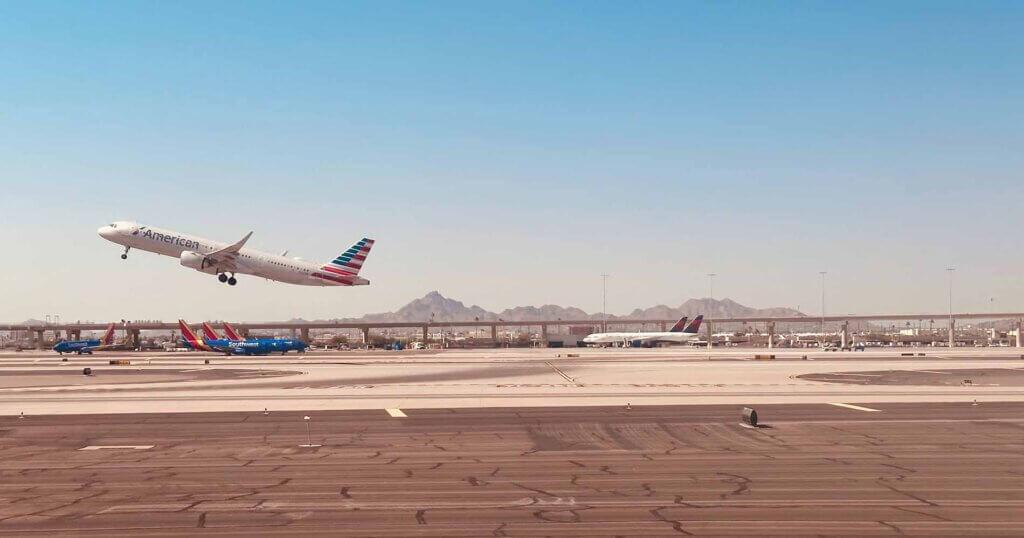
In general, the average takeoff run speed of commercial aircrafts ranges from 250 to 300 km/h. The maneuver consists of several phases with different speeds that mark its development until reaching a safe ascent. These are:
As for taking-off, the aircraft’s total weight, wind, airport characteristics and weather conditions are essential factors to calculate the speed at which the aircraft must land.
On the approach to the runway, the speed shall be gradually lowered to the point where it is safe for the landing gear to come into contact with the ground without jumping into pieces. The plane will deploy flaps, creating wind resistance and helping to slow down to 240/250 kilometers per hour at the time of touching ground, braking quickly until it reaches a speed that allows the plane to safely leave the runway in the shortest time possible.
Aircrafts speed is limited due to several factors. In one hand, it is the time limit during which engines can run at full power. On the other hand, at low altitudes the maximum speed will depend on structural limitations while, at high altitude the limitation will come for aerodynamic reasons. For example, the Airbus A320 cannot exceed the cruising speed of M.79.
Thus, the Federal Aviation Administration (FAA), responsible for aviation safety and regulations, publishes the certification of each aircraft brand and model operating around the world, indicating their minimum and maximum flight speeds.
As a general rule, commercial aircrafts fly around M.77, which is equivalent to about 860 km/h or 14 kilometres per minute. An exception was the Concorde, the fastest passenger aircraft ever, which reached cruising speeds of up to 2.35 Mach, that is 41 kilometres per minute.
However, the fastest aircraft in history has been the Lockheed SR-71 fighter ‘Blackbird’, reaching 3540 kilometers per hour, or what is the same, almost one kilometer per second.
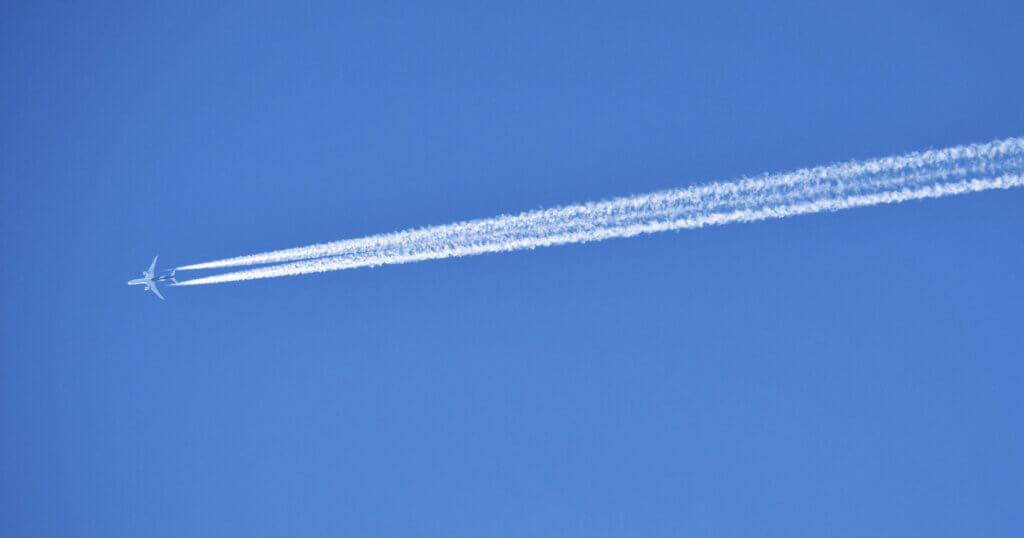
During a flight, from leaving the parking area to start the journey until parking at destination, a commercial plane reaches different heights and speeds.
Taxi
Taxi is the ground movement of the aircraft along the taxiway until it is positioned on the main runway for taking off, and from when it leaves it when it lands. It is a slow travel, at an average speed between 35 and 60 km/h.
Take-off run
This is the run the plane must take along the runway before taking off the ground. The average speed of commercial aircrafts ranges between 250 and 300 km/h.
Cruising speed
Cruising speed is the one the aircraft reaches once stabled in flight, between the end of the ascent and the beginning of the descent towards the destination airport, at an altitude between 9,100 and 12,400 meters (30 thousand and 41 thousand feet). At that time, the average speed is 850 km/h.
Landing
Approximately five minutes before landing, the approach manoeuvre begins, at an average speed of 380 km/h. On the descent path, the aircraft slows down to about 270 to 240 km/h, which is the speed at which the aircraft will safely touch the ground.
Our pilot school works for the professional excellence of each student.
We are accompanied by instructors with more than 20 years of experience and state-of-the-art aircraft.
We offer:
Helicopter Pilot Courses
Aeroplane Pilot Courses
Drone Pilot Courses
Flying Experiences

Do you know which is the largest aircraft in the sky today? We take a look at the giants of the sky.
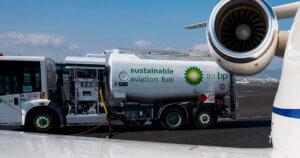
Fuel varies depending on the type of aircraft and its engine. Do you know how many litres you can fit in an aircraft tank? We tell you all the details.
You will be up to date with the news at World Aviation Group.
This website uses cookies so that we can provide you with the best user experience possible. Cookie information is stored in your browser and performs functions such as recognising you when you return to our website and helping our team to understand which sections of the website you find most interesting and useful.
Strictly Necessary Cookie should be enabled at all times so that we can save your preferences for cookie settings.
If you disable this cookie, we will not be able to save your preferences. This means that every time you visit this website you will need to enable or disable cookies again.
This website uses Google Analytics to collect anonymous information such as the number of visitors to the site, and the most popular pages.
Keeping this cookie enabled helps us to improve our website.
Please enable Strictly Necessary Cookies first so that we can save your preferences!